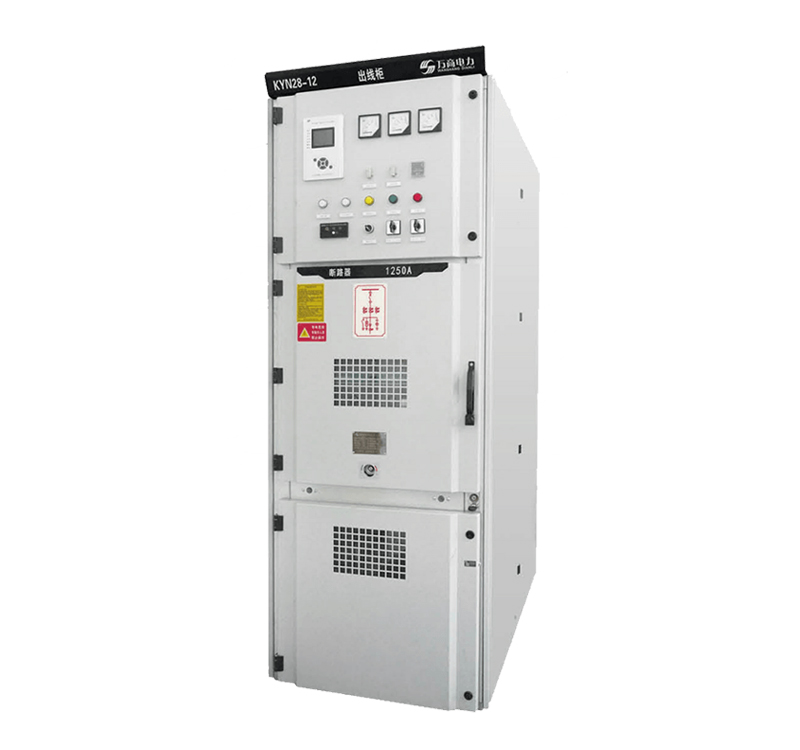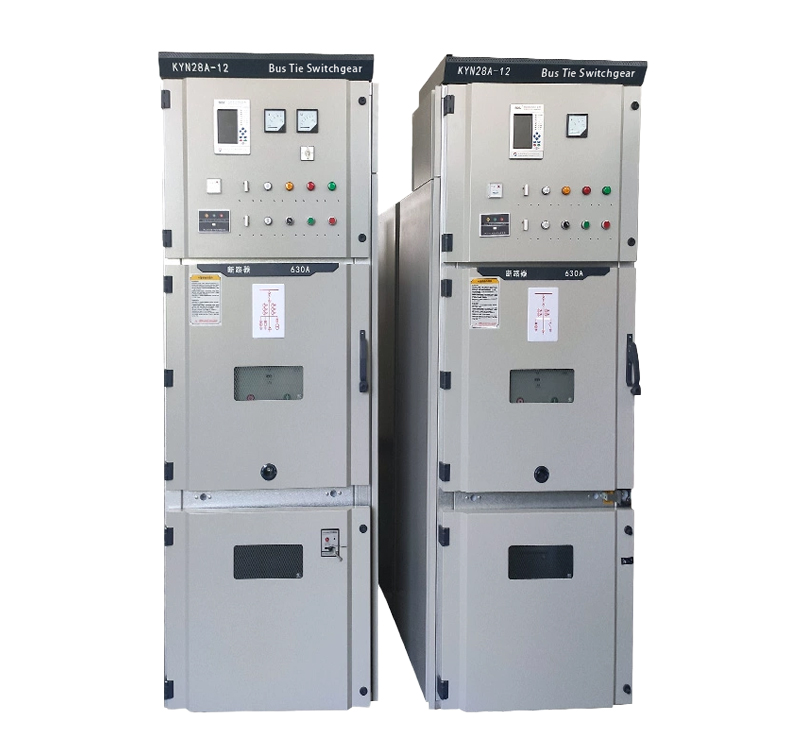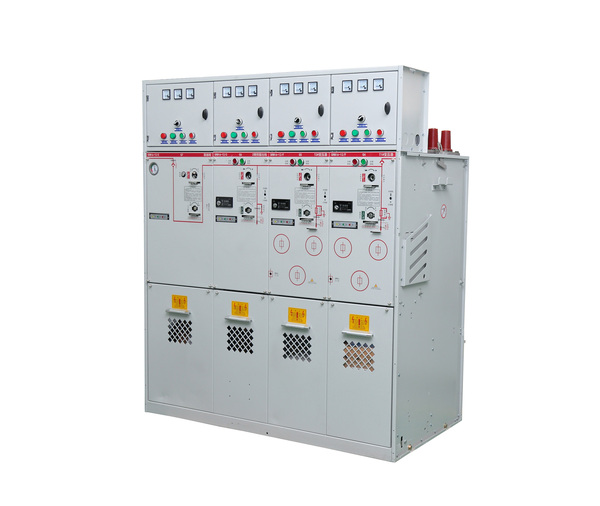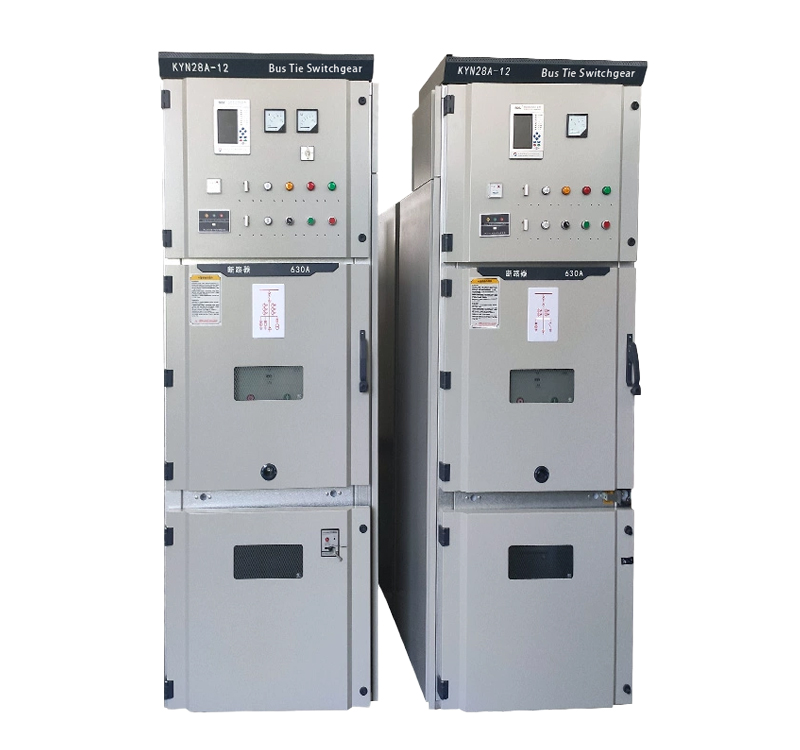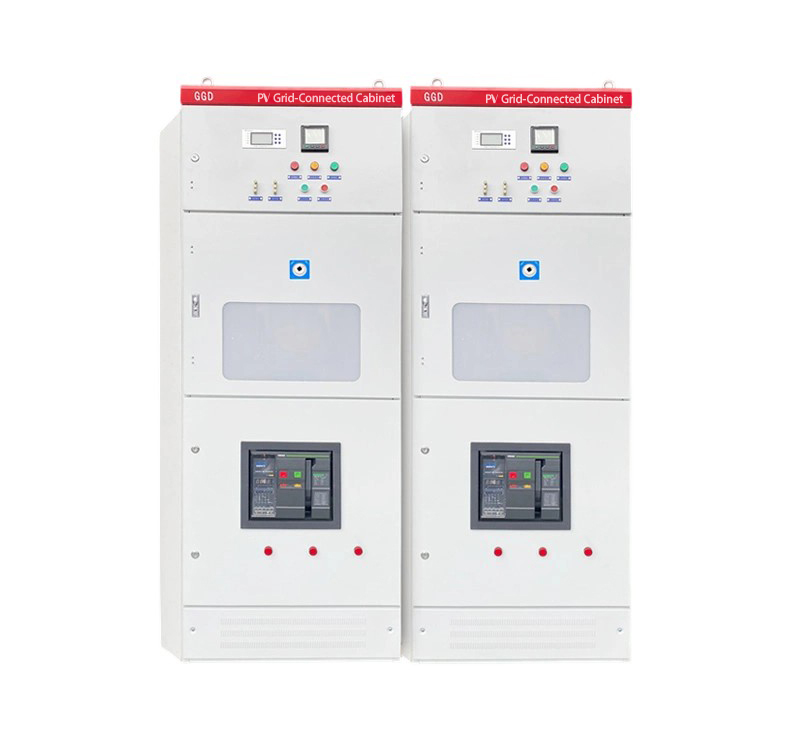
Switchgear requires the use of many fastening standard parts such as bolts, nuts, washers, and rivets. It is essential to select appropriate standard parts based on different applications to ensure functional requirements are met while enhancing product safety and cost-effectiveness.
For the switchgear cabinet and structural components, the focus lies on functional usability, structural strength, aesthetics, and economy. Functional usability means meeting structural design requirements, such as using countersunk head bolts or square neck bolts.
The switchgear cabinet serves functions such as isolation protection and support. First, the enclosure must meet the required protection level. Medium-voltage switchgear generally requires IP4x, meaning objects with a diameter of 1 mm or larger are not allowed to enter. In areas where elongated holes are used for installation, oversized washers must be employed to completely cover the holes. Countersunk bolts and rivets must also be perpendicular to the fixed plate and coaxial to ensure a sealed connection without gaps.
Switchgear cabinets often need to be arranged and connected side by side. There should be no gaps between adjacent cabinets, and fasteners should not collide or interfere with each other after splicing, which could enlarge gaps and affect the splicing process. Generally, two methods are used: one involves using inward-facing raised platforms with depths of 2 mm or 5 mm, depending on the fasteners used for installing components. M6 square neck bolts are typically used for splicing switchgear cabinets, primarily to facilitate disassembly and replacement in case of misalignment or design errors.
The side panels of switchgear cabinets are double-layered and bent outward, leaving a 2 mm gap in the middle. This space can be utilized for self-tapping screws to ensure sufficient thread engagement, and it also allows for the installation of thicker screw heads.
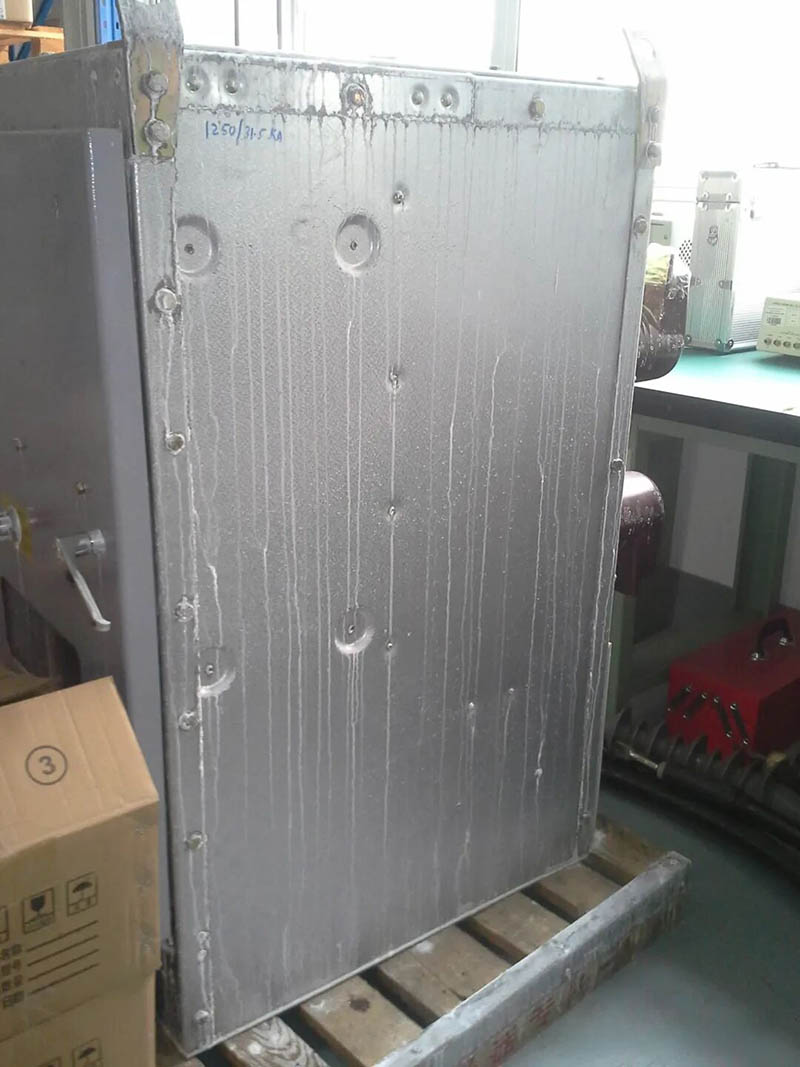
Currently, 6 mm diameter steel pull rivets are widely used for cabinet splicing due to their high production efficiency.
Another method involves offsetting holes: the left and right side panels of the switchgear cabinet have hole positions staggered by 25 mm front-to-back or top-to-bottom. On the right side, bolts are tightened, while on the left side, larger holes are drilled to avoid interference. This ensures no mutual interference after cabinet splicing, and larger bolts such as M8 can be used for cabinet fixation. However, this design requires careful consideration of splicing issues for different functional unit switchgear cabinets, making it more challenging to implement. Given the current industrialization of switchgear production, this method is rarely used.
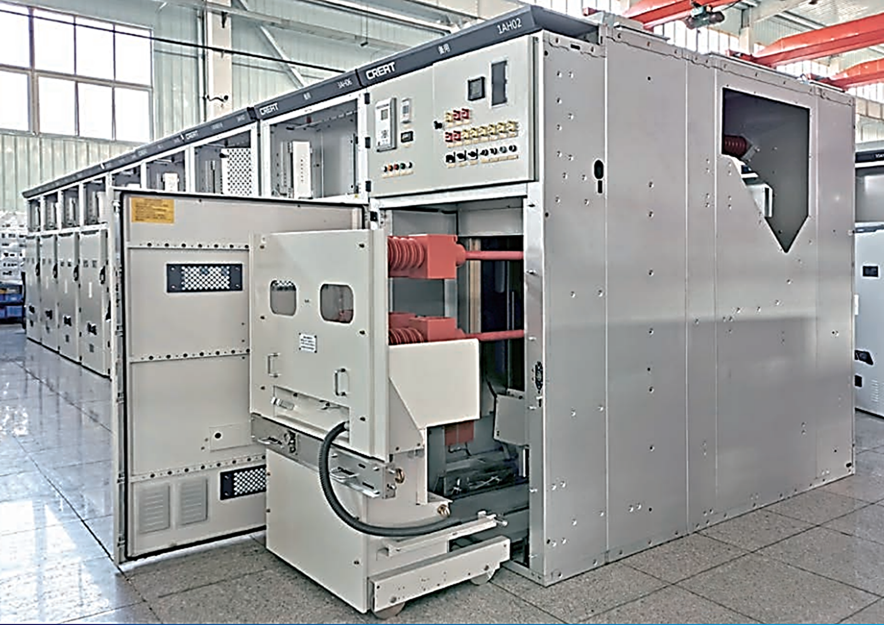
For front and rear connection points, countersunk bolts are generally used, or door panels and cover plates are designed to avoid bolt head positions.
For cover plates, IP and internal arc fault requirements must be met, and ease of installation must be considered. Given the high strength requirements, M8/M10 hex socket bolts are typically used as cover plate bolts. These require specialized hex wrenches, complying with the requirement for tool-based opening of cover plates. They are aesthetically pleasing and allow for quick and easy opening with power tools. Some foreign switchgear also require the use of pentagon (star) bolts for cover plate fixation to prevent unauthorized opening with conventional tools, which could lead to dangerous access to live high-voltage compartments.
Busbar connections are another area where fasteners are extensively used. For switchgear with voltages of 12 kV and below, Grade 8.8 M10/M12 hex head bolts, flat washers, spring washers (or pressure washers), and hex nuts are used to ensure torque meets specification requirements.
For primary conductive circuits such as 24 kV and higher voltage busbars, high-strength hex socket flat round head bolts are required, and round head cap nuts are also necessary. These nuts help avoid electric field concentration and ensure the switchgear withstands overvoltage damage.
For high-current busbars, A4-80 grade stainless steel bolts paired with A4 grade nuts can be used to reduce eddy current effects and lower temperature rise.
The selection of standard parts must also consider the operating space for fastening tools. For example, torque wrench calibration is required for copper busbar fastening, so sufficient operating space must be ensured to avoid failure to meet tightening torque requirements due to restricted tool access.
The use of standard parts in switchgear is governed by detailed work instructions provided by manufacturers, which specify bolt specifications, torque values, and other requirements. These standards must be strictly followed.
